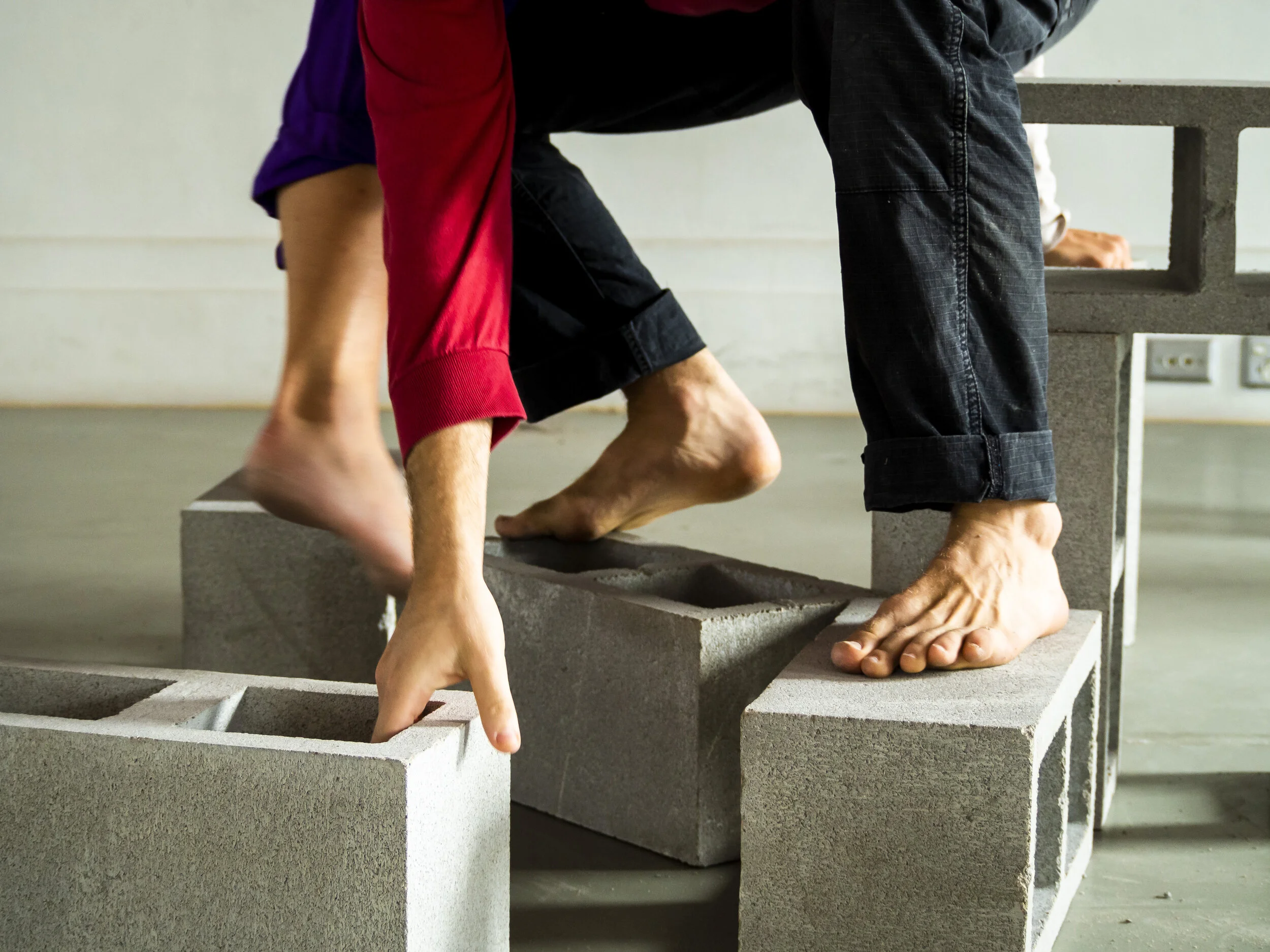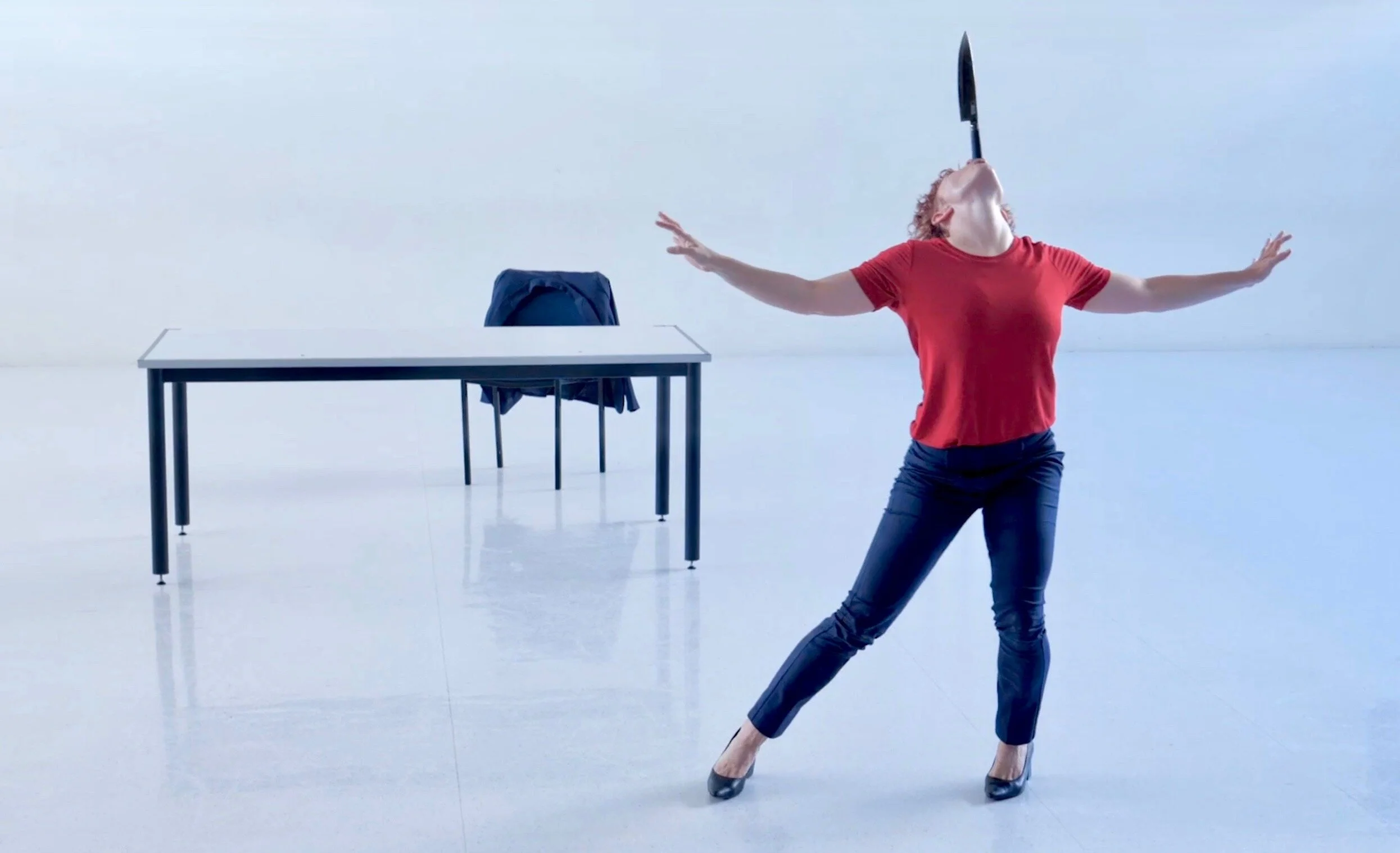Text by Leila Lois
Image by Michaela Meadow
I did not fall from the sky
I
nor descend like a plague of locusts
to drink color and strength from the earth
and I do not come like rain
as a tribute or symbol for earth's becoming
I come as a woman
dark and open
some times I fall like night
softly
and terrible
only when I must die
in order to rise again.
— From ‘The Women of Dan Dance with Swords in Their Hands to Mark the Time When They Were Warriors’, by Audre Lorde
Hev û derya ☾〰
What is there so changeable
yet constant
as the sea?
Perhaps the moon,
that is why they ebb & flow,
wax & wane
in loving synchronicity.
—Leila Lois
As narratives, the qualities of feeling and connection are teased out in the process of collaboration; the work takes on a non-linear form, ideas ebb and flow, wax and wane. In order for nurtured collaboration to occur, synchronicity and flow are important. The project conceived in collaboration is transported into something unique. As Audre Lorde writes, we are ‘dark and open’ when we collaborate in this way. Like a flower opening softly towards the light, hemmed with layers of experience from our co-creatives. I am describing the development of a diverse femme (reclaiming powerful feminine identity) arts collective focused on immersive performance, called ‘Jîyan’, based Birrarangga/ Naarm/ Melbourne.
Jîyan is the Kurdish word for life, the stem of the word jîn meaning life force/womxn in Kurdish. Jîyan began as an immersive group exhibition for Melbourne Fringe, co-curated by me, Leila Lois and Michaela Meadow in September 2019. Jîyan has bloomed into performances and diverse impressions where movement and sensory experiences are central, alongside the nurturing of ancestral, natural and embodied connection.
Connection
‘the fear kicks in
crying in the light
of a fading sun
of a love
that’s only just begun
not bound to rise
bound to one
souls asunder
two streams
of thought
converge
our touch a river our divergence an ocean
wairua’
—From Wairua by
Te Aniwaniwa Paterson @themaorispinster
Read aloud at Jîyan Poetry Night
Critical to my practice is collaboration as a nurturing process that invites life stories and ancestral voices of all artists and audiences, using them in immersive theatre form and workshops. Just as with blossoming flowers, the necessary conditions for a diverse femme collective like Jîyan to develop include the embodiment of advocacy, collaboration and worthiness.
Identifying as a womxn of Kurdish/Celtic origin brought up in Aotearoa, with classical ballet training and cultural dance reverberating through my childhood memory, elemental tones and influences have woven together to advocate a true understanding of cultural and linguistic needs. I champion diversity in dance because of my own pluralistic identity.
Despite the intentions and rhetoric of some government funded arts organisations, they do not provide platforms for diverse femme that are nurturing and supportive. This is linked to a lack of Culturally and Linguistically Diverse communities in Arts leadership positions.
A recent Western Sydney University study revealed that: ‘fewer than half of our nation’s museums, music and opera companies, screen organisations and theatre companies have any representatives from diverse cultural or linguistic heritage among their leadership teams.’ and fewer than 10% of artistic directors come from culturally and linguistically diverse (CALD) backgrounds.’ The figure for dance and theatre was worse at 5%.
As a result, some initiatives to encourage diversity in arts festivals and programmes at best are not always successful, being culturally unresponsive and at worst can even seem divisive or tokenistic. The primacy of a mostly white arts leadership can be linked to a lack of diversity in artistic programming.
In her piece for Meanjin, Zoya Patel argues that in festivals with a commercial bent bear the problem of having their content restricted by ‘gatekeepers’, who value work on how appealing it is to an elite audience with a hunger for ‘diversity’ but not necessarily authentic and nuanced representations of those cultures through their own voices, agency and integrity.
When talking about including CALD people at the helm when curating events, we need to be mindful that it does not exclude women, children and economically disadvantaged communities. Otherwise, events that purport to celebrate diversity are neither radical or revolutionary.
Reflecting upon the work that we have done as Jîyan, it is perhaps only people of these diverse identities that are able to wholeheartedly create opportunities within the community for others. Paolo Freire defines liberation as ‘a praxis- the action and reflection of men and women upon their world in order to transform it.’ The power of the arts to transform thinking and empower the marginalised is undeniable. As Māori femme filmmaker Merata Mita said, ‘The revolution isn’t just running out with a gun. It’s the arts as well.’
Whether it means making our arts events free or connected to charitable causes- ie. giving means feeding back into nurturing and decolonising diversity within the community. For Jîyan exhibition’s performance night, we received venue-in-kind support from SITEWORKS, as part of their Critical Mass initiative. That freed us up to be able to remunerate our dancers and musicians for their performances and raise money for the Wurundjeri (local clan) dance group, Djirri Djirri.
The night included dance performances by Chinese/Australian artists Maggie Madfox and Tina Pan, as well as musicians Lauren Sheree (Wakka Wakka), Brooke McInnes (Māori) and Amy Earl (Celtic), as well as me, of Kurdish/Celtic background. All of these performances were woven around a native floral circle with the audience in the round, immersed and included in the sacred natural ritual.
At Jîyan Poetry Night, we raised funds from ticket sales for the charity Heyva Sor, who are currently helping Kurdish families suffering from attack and displacement in Rojava. Such charities aim to help heal traumas from colonisation and nurture diverse communities with compassion.
Inclusion is another important focus. For Jîyan, exclusion of any gender, cultural or linguistic identity is contradictory to the vision of the project. Our immersive group exhibition for Melbourne Fringe included artists of mixed backgrounds, stemming from all corners of the world, plunging their roots into the space and creating a strong sense of pride with delighted authenticity, and lovingly inclusive of non-binary and male-identifying artists.
The dancers, visual artists, musicians & performers involved in Jîyan hail fromWakka Wakka, Māori, Kurdish, Wiradjuri, Celtic, Cypriot, Chinese, El Salvadoran, French and Crée heritage, many of whom have mixed ancestry and are young and emerging.
The works enshrined values such as celebrating ourselves, living others, ancestors and nature which engendered a soft, mutually nurturing blossoming of artists and audiences.
At the exhibition opening night, audiences were invited to co-create and embellish the space with their own reflections, movement and ancestral echoes. It was consequential to me as a producer and co-curator Michaela, to celebrate the softness and strength of the artists and create an opportunity for collaboration and healing practices.
My next collaboration for Jîyan is with videographer Patrick Rose for New Zealand (Aotearoa) Fringe in Wellington (Whanganui a Tara), March 2020. ‘Jîyan bê te nina’ will be an installation, bursting with poetry, movement, visuals and sound, inviting audiences to take a participatory journey through the palimpsest of origin, patch up holes in their own narratives, shine a light in the dark and give voice to boundless reflections of themselves.
From ‘Origin’
comes from ‘oriri’,
‘to rise’
and just like the tide,
as crest follows trough
each wave comes in,
encircles me, swathes my skin,
laces my ankles with froth.
The siren call of origin,
rises and elapses in
the salt womb of the earth,
releases and contracts,
under and over,
just as the tapestries of my Dapir,
ardently woven,
follow the perpetual
waves of the ocean.
—Leila Lois
The projections and immersive dance experiences involved in this process will create a space in which the re-remembering of origin, resilience of culture in the face of erasure and violence, can be celebrated.
Below is a video of the work in progress. The piece will resemble a Welsh love knot or Kurdish tapestry, interwoven with poetry, images, dance refrains from those ancestral cultures but with large loops to overlay audience voices and bodies.
Artwork by @thedarlingbeast, who exhibited in Jîyan for Melbourne Fringe.
Jîyan has shown that arts collectives that display compassion, softness, strength and solidarity can unite diverse artists in ways that are mutually beneficial for audiences, performers and the wider community. The hope is that this success can persuade all artists to recognise the landscape of our age, celebrate the multiplicity of contemporary narratives and echoes that have come before us while respecting the land upon which we literally stand, and dance. I cannot wait to see how we as diverse femme artists bloom into 2020, with these foci guiding our performance praxis.
References
Zoya Patel, 2018, How Do We Address Diversity and Inclusion in the Arts? Meanjin Journal. www.meanjin.com.au/blog/beyond-tick-boxes-how-do-we-address-diversity-and-inclusion-in-the-arts
Diversity Arts Australia, Western Sydney University and BYP Group, 2019, Shifting the Balance: Cultural Diversity in Leadership with the Australian Arts, Screen and Creative Sectors. https://apo.org.au/node/254071









Dance was born outside, perhaps dance can return to outside? We practise in a community, by this I mean, in class, rehearsal, performance and in communion with other bodies where we seek to connect, to dispel loneliness, to find purpose, find tribe and belong.